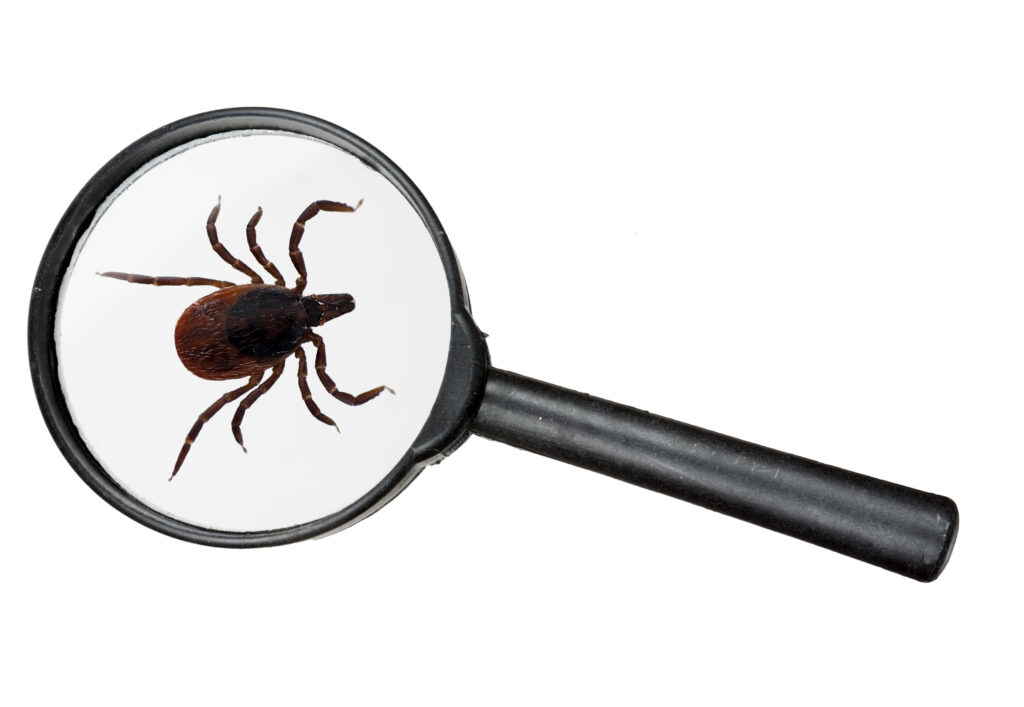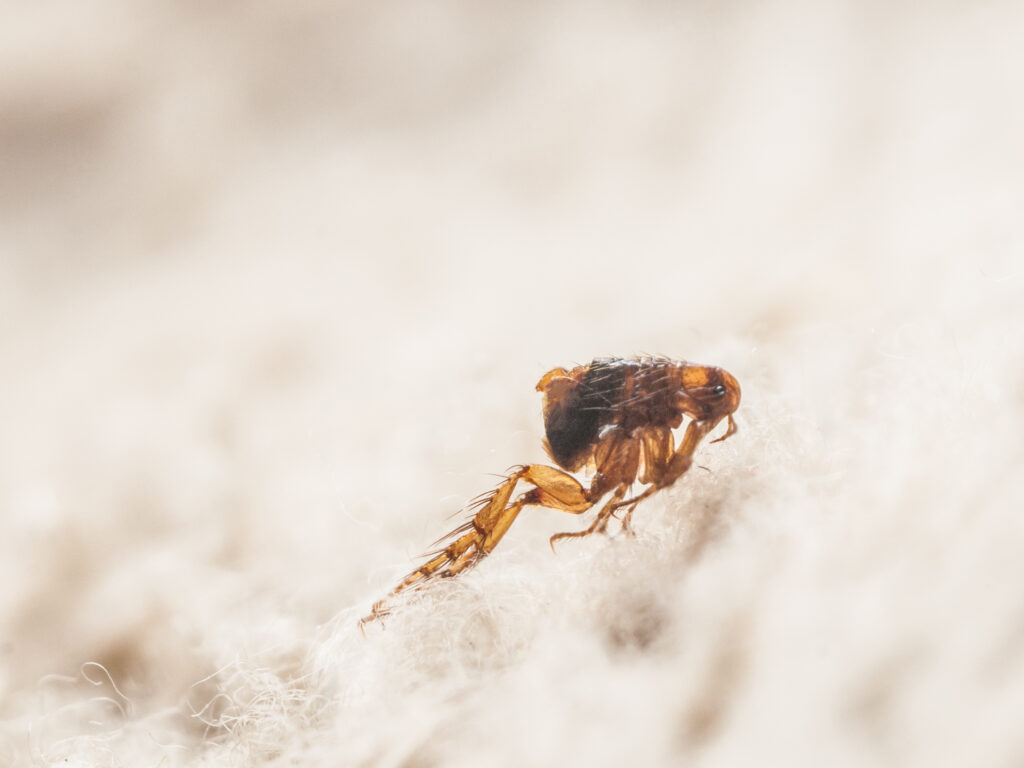Click one of the icons below to jump to the appropriate section.
There are two broad categories of worms that may affect our pet dogs and cats, intestinal worms and heartworms. Please see our heartworm page for more information.
Intestinal Worms
Worming is one of the first health care issues pet owners need to address as pups and kittens are the most susceptible. As their name suggests, intestinal worms are parasites that live inside your pet’s intestines. These worms range in size from small to surprisingly large (up to 18cm in length). Regardless of their size however, they all have negative, and potentially deadly effects.
Most species of animal, as well as humans, can be infected with intestinal worms including dogs, cats, rabbits, horses, fish, birds and reptiles.
Common intestinal worms in Australian pets are:

If your pet has a large number of worms it may find it difficult to maintain body condition and it can lose weight. In some cases it can cause vomiting, diarrhoea and even anaemia (a low red blood cell level). Occasionally, heavy intestinal worm burdens can cause death.
Worms sometimes have complex lifecycles which involve a period of existence and development outside your pet. Understanding the life cycle of a specific worm is important so that strategies for treatment and prevention can be designed and implemented. For instance, some tapeworms need to pass through fleas to complete their lifecycle, so flea prevention is an important method of controlling tapeworms.
It is important to maintain a routine worming treatment for your pets, to reduce the incidence of infection and to reduce environmental contamination. There are many worming treatments available for the various worm infections that occur in our pets. These are available as tablets, spot-ons, or pastes. Re-infection is a common problem, particularly in pets that are in contact with a heavily contaminated environment. Another very important reason to worm your pets is to protect your family; as children in particular can become infected with certain dog and cat worms.
Below are some tips to consider regarding worm prevention:
Please call us to discuss an intestinal worming program for your pet.

Heartworm
Heartworm, or Dirofilaria immitis, is a parasite that is spread by mosquitoes, so your pet does not even need to be in contact with other pets to become infected!
Heartworm has a complicated life cycle. Infected dogs have microfilaria, an immature form of heartworm, circulating in their bloodstream. Microfilariae are sucked up by mosquitoes when feeding on the blood of infected dogs. The immature parasite develops into a heartworm larva inside the mosquito, then a single bite from a carrier mosquito can infect your pet (dog or cat). As the worms mature in the heart they can cause a physical blockage as well as thickening of the heart and associated blood vessels. In the early stages of infection there may be no visible signs, however, infection may eventually lead to signs of heart failure (reluctance to exercise, lethargy,coughing) and even death. Heartworm is present throughout most of Australia(except Tasmania and arid areas).
Thankfully, heartworm is very easy to prevent and should form part of your pet health care routine. We have very effective preventative treatment options available including tablets, chews, spot-on’s and even an annual injection for dogs administered by one of our vets. If your pet has not been on heartworm prevention we strongly recommend a heartworm test prior to starting a prevention program, followed by a repeat test 6 months after commencing.
Please call us to discuss the best heartworm prevention for your pet.
Tick Preventation
The main tick of concern for pet owners is the Paralysis Tick (Ixodes holocyclus) as it can cause paralysis and death within 2-4 days of attachment. Whilst Paralysis Ticks occur naturally only in certain geographic areas (mainly along the coastal eastern seaboard of Australia) they can attach to pets who visit these areas during the warmer months, particularly if they are allowed to run through scrub. Ticks may also hitch a ride back with you or a neighbour in cars, rugs, towels or plants.

If you notice a tick on a pet that is not displaying signs of tick paralysis, remove the tick straight away.To do this, grasp the tick firmly where it attaches to your pet’s skin and give a quick sideways pull. It is better not to try and kill the tick first as the dying tick may inject more of its potent toxin into your pet. If you are not confident removing the tick please call us immediately to make an appointment to have it removed. Once the tick is removed your pet should be kept cool and quiet whilst being closely monitored for 24 hours. If your pet starts to display any signs of tick paralysis, such as vomiting, weakness, staggering, breathing difficulty, or altered bark, seek immediate veterinary attention as this is a genuine veterinary emergency. If your pet is showing any of the above signs, do not offer food or water as these may be accidentally inhaled in tick-affected dogs.
Treatment of tick paralysis includes searching for and removing all ticks. This may include clipping the animal completely and/or the use of medication to kill remaining ticks. Tick antiserum is administered to counteract the toxin and supportive care is provided during recovery. This can be costly in comparison to what it would cost to use tick prevention initially. However, no tick prevention is 100% effective and should always be used in combination with daily searches of your pet. Searching your pet shouldn’t cease once you return from tick-affected regions but should continue for at least 7 days after returning home. Use your fingers to feel over the entire body, especially under the collar, on the face and around the front of your pet. Don’t forget to check carefully between the toes, under the lips and in the ears.
We are more than happy to show you how to do a thorough tick search, please call us to discuss.
Flea Prevention
Fleas are most often seen during the warmer months but as we keep our homes nice and warm throughout winter, we see fleas all year round. Only a small part of the adult flea population actually lives on your pet. The fleas’ eggs and larvae live in the environment and can survive for up to a year, so it is important to not only treat your animal directly for fleas but also decontaminate the environment as well. Wash your pet’s bedding using the hottest cycle and regularly vacuum/clean carpets. We do not recommend flea collars or flea shampoos alone as they fail to address the environmental flea infestation.
Fleas will tend to jump onto your pet only to feed and then jump off again. Dogs and cats can have a reaction to flea saliva resulting in a skin condition called Flea Allergy Dermatitis or FAD. Treatment of FAD can be complicated and veterinary consultation is recommended.
Some signs that your pet may have fleas include:
Warning: Some non-veterinary brands of flea treatments for dogs are potentially lethal when applied to cats. Always seek veterinary advice about the best flea treatments for your pet.
Please call us to discuss an appropriate flea control program for your pet.

Click one of the icons below to jump to the appropriate section.
